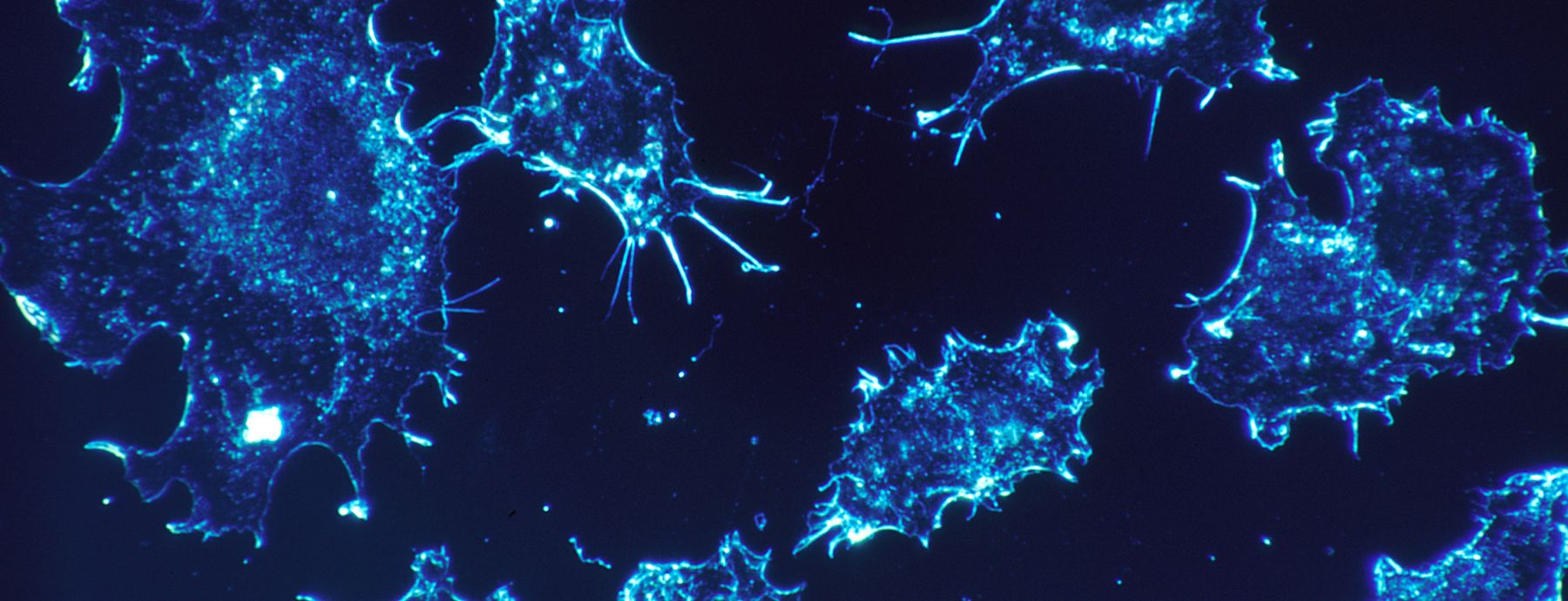Drug resistance can lead to tumor or infection treatment failure. In some instances, eliminating most of the tumor or infection as quickly as possible is best, but new research shows that longer, less aggressive treatment that contains the tumor or infection at tolerable levels may be another solution. CIDD's Elsa Hansen and Andrew Read, along with University of Michigan's Robert Woods, recently analyzed these two treatment approaches to elucidate their performance under different circumstances. This crucial research will guide doctors’ choice for treating patients and potentially saving lives.
Hansen et al.’s objective was to maximize the amount of time the treatment was in place before drug resistance lead to treatment failure. Patients can withstand a certain level of negative effects associated with a tumor or infection, and Hansen et al. compared the two approaches, aggressive vs. containment treatments, using a patient threshold of “acceptable burden”. Depending on the patient and disease, time until treatment failure varies. Researchers focused on two aspects of drug resistance: rate of drug resistance and competitive suppression. Competitive suppression describes competition for resources among infectious cells, both resistant and sensitive to treatment. Competitive suppression has been shown to increase time to drug resistance, therefore aggressive treatment is not always the best approach. Although both treatment approaches are appropriate in certain situations, doctors need to consider multiple options when treating patients.
Synopsis written by Ellen Brandell
Written By: Elsa Hansen, Robert Woods, Andrew Read
Paper Url: http://journals.plos.org/plosbiology/article?id=10.1371/journal.pbio.2001110
Journal: 10.1371/journal.pbio.2001110
Journal Reference: 10.1371/journal.pbio.2001110
